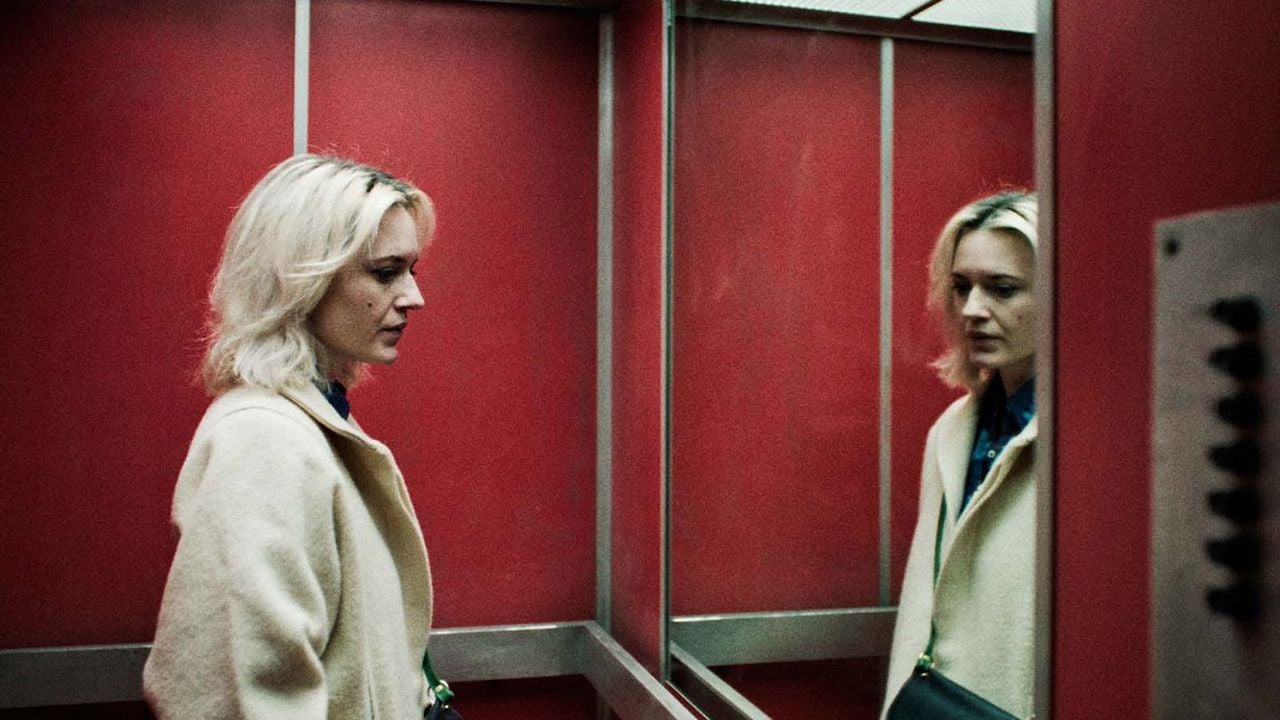Partner’s content
A film that is intimate and political
Vienna, in the early 1980s. An independent artist and a single mother, Perla, built a new life with Joseph, her Austrian wife and her daughter Gillia. But the day Andrew, the father of Gillia, is out of jail and trying to get in touch, the past is back. In order to return the Communist Czechoslovakia to leave it, Perla goes to a dangerous journey, even if it means the threat of its future and its daughter.
Perla is distinguished as a double reading drama: intimate, maternity, couple, ID prize; And policy, by studying the results of the authoritarian regime on the personal trajectories of its citizens. Alexandra Makarov, Slovak and Austrian film director, forms a history where emotions collide with social and historical restrictions. Regarding Didactism, the film emphasizes the complexity of the presence of a woman and an artist, which is governed by patriarchal structures. Perla also recalls that sometimes exile does not stop everything.
Magnetic heroin
To consider Perla, the director chose Rebecca Polkovov, a Slovak actor with a raw and nuanced game. From the theater and not from a German point of view, he was convinced that he would take the challenge when he learned to phonetically dialogues. This discrepancy also feeds on the character’s disorder, both opaque and strongly defined. The actress gives Perla a magnetic presence that does not create all the difficulties of this woman, neither heroic nor smooth but fundamentally free. Through it, the film also paints a strong feminist story: a woman who tries to return to her story, to leave the men around her, and, more widely, to release the choice that the patriarchal society has tried to impose it.

Perla’s character is often locked in a tight environment as its oppressive reality. The camera is looking for reasonable corners, reflecting on the reflections, making films a door to pay attention to the current past and collective visual memory with nostalgia. The astonishing scene inspired by a patriarchal ritual turns the film into an almost nightmare atmosphere: a symbol of structural violence that Perla will no longer be able to neglect.
Art as an act of transfer
In the middle of the film, the mother-Kalishvili relationship depicts the footsteps left by the past. In particular, Gillia inherits Perla’s decisions and becomes a mirror of a generation that is taken between the two worlds. Perla’s character is an artist: his paintings, who are the true works of the filmmaker’s mother, reflect the need to express the world that is trying to keep it silent.
We wanted to dictate to her life: to be silent, to stay, to sacrifice themselves – to her daughter, to her husband, to society. But Perla has always refused to lock in the role: she is not only a mother or wife, she is also an artist. In a closed era by censorship, he argues his voice, at every price, and updates the fate that we have tried to destroy it, as many other women.

Created as part of the script writing program for the authors “If it can see it, it can be,” Perla is an ode to anyone who, like his heroin, refuses to lock. With respect to the women of her line, the director thus builds a bridge between the past and the present and signs universal work. History of gentle resistance, silent courage and rare strength.
To move and commit, Perla must now be found in theaters.
Source: Allocine
Rose James is a Gossipify movie and series reviewer known for her in-depth analysis and unique perspective on the latest releases. With a background in film studies, she provides engaging and informative reviews, and keeps readers up to date with industry trends and emerging talents.




![Such a wonderful sun in advance: Summary of the episode on Tuesday, August 12 [SPOILERS] Such a wonderful sun in advance: Summary of the episode on Tuesday, August 12 [SPOILERS]](https://fr.web.img3.acsta.net/img/8d/96/8d9627fc84d0ab5d33162b65dbbae176.jpg)

